Introduce your students to the different slow changes to Earth’s surface with a printable mini-book designed for year 4 and 5 students.
What Is The Difference Between Weathering, Erosion and Deposition?
Are your students curious about how the Earth’s surface is shaped? Unlock excitement with your students as you tell them about the fascinating geological processes of weathering, erosion and deposition!
Weathering involves the breakdown of rocks, minerals, and other materials through physical, chemical and biological processes. Erosion then takes over as wind, water, and ice transport these weathered materials to new locations. Finally, deposition occurs when these materials are dropped and formed into new landforms like deltas, sand dunes and beaches.
Science Readers For Home and the Classroom!
If you are teaching this Earth science topic to your class, you have come to the right place! Teach Starter has developed a 10-page mini-book to help your students understand the differences between these three key terms.
This printable mini-book can make a great addition to any science classroom, learning centre or even as an activity to take home to do for homework. As students are working through the mini-book, they will learn about:
- How the Earth’s land changes quickly and slowly
- The different types of weathering
- Agents of erosion
- All about deposition
- Landforms can be created due to these processes
As they read the mini-book, students are presented with check-for-understanding opportunities, a vocabulary review and a show-what-you-know section at the end.
How To Get Your Science Mini-Book
Are you ready for your students to get their hands on this science reader? Head on over to the green download button and choose from the quick-print PDF file or the editable Google Slides document. If selecting the Google Slides option, please note that you will first be prompted to make a copy of the resource to your personal drive before accessing it.
After printing out the pages, cut them in half and stack them on top of each other. Staple the pages along the left-hand side to secure.
This resource was created by Brittany Kellogg, a Teach Starter Collaborator.
Don’t stop there! We’ve got more activities and resources that cut down on lesson planning time:
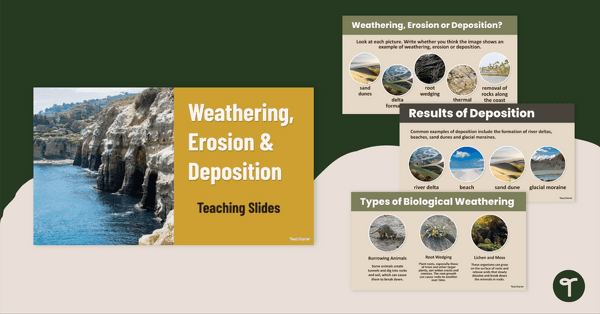
teaching resource
Weathering, Erosion and Deposition – Teaching Slides
Learn about the different types of weathering, effects of erosion, results of deposition and more with this set of teaching slides.

teaching resource
Weathering, Erosion and Deposition – Word Search
Strengthen your students' understanding of weathering, erosion and deposition terms with a vocabulary word search.
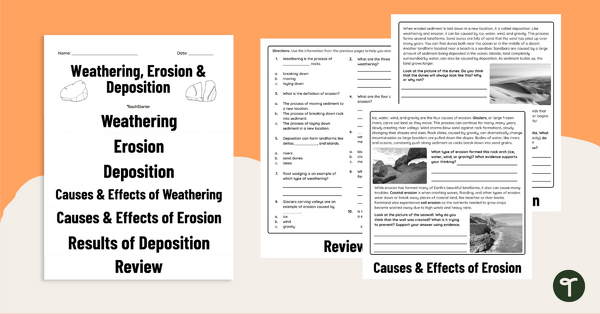
teaching resource
Weathering, Erosion and Deposition Flipbook
Learn about the causes and effects of weathering, erosion and deposition with a printable flipbook.
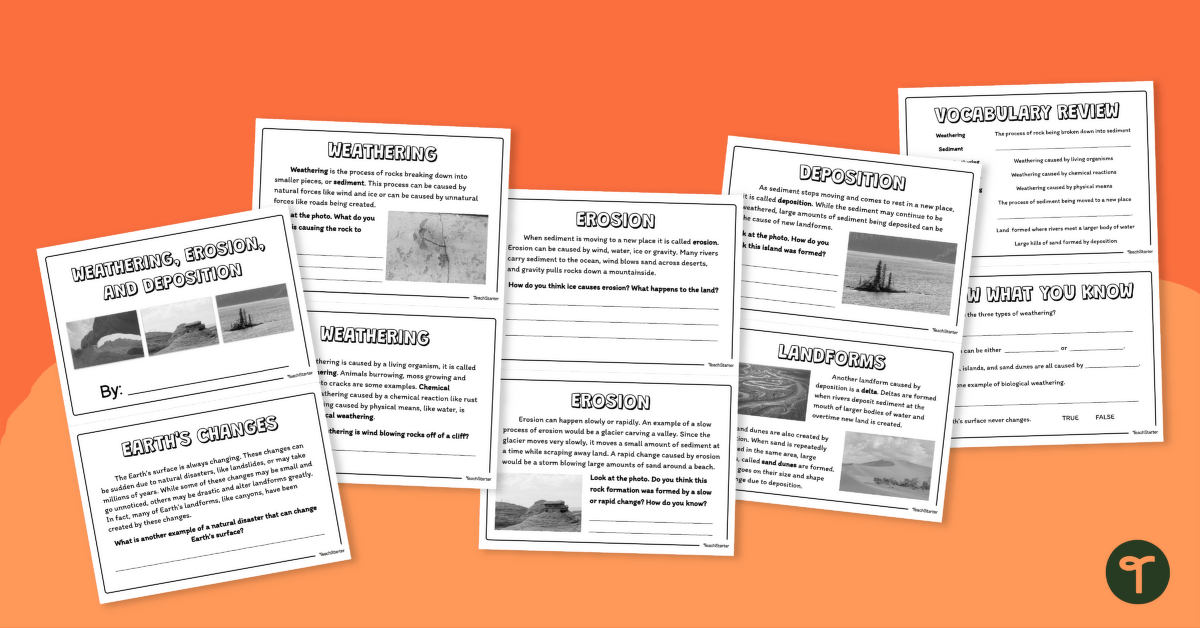

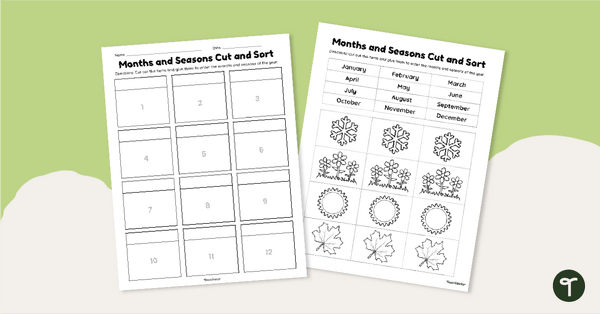
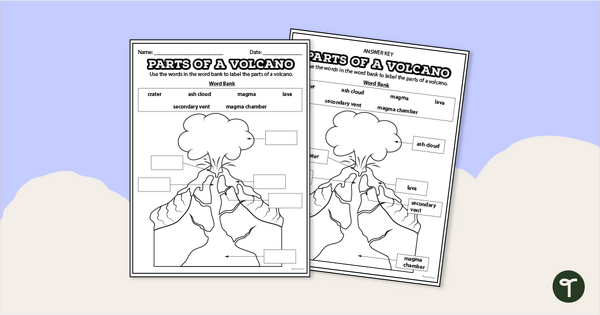
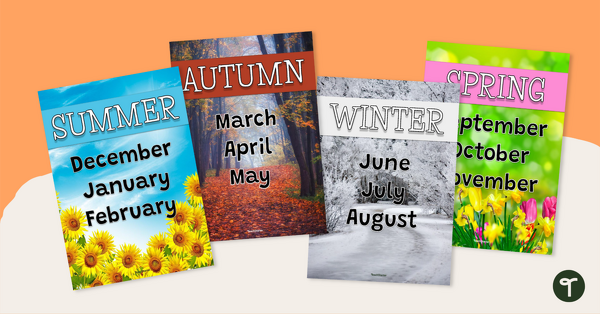
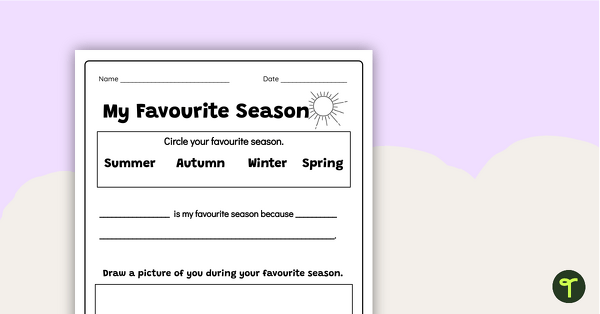
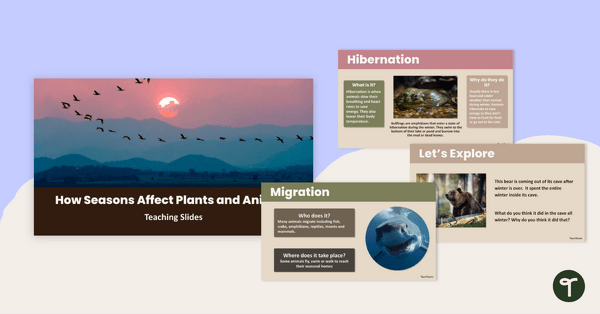

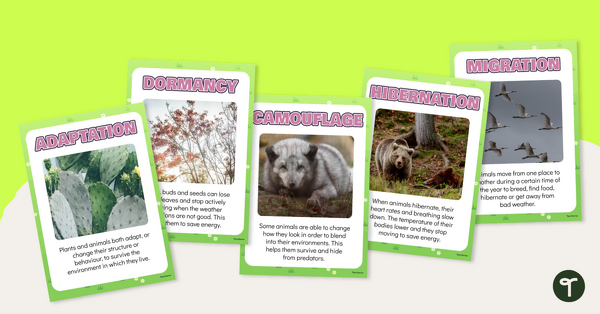

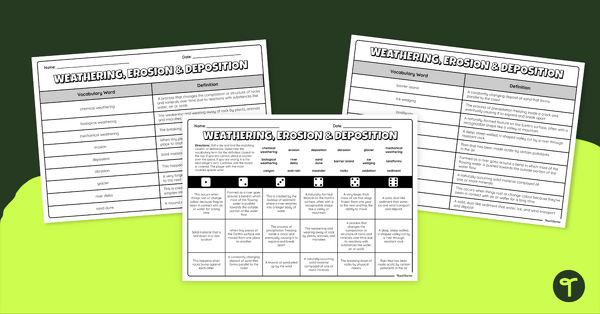

0 Comments
Write a review to help other teachers and parents like yourself. If you'd like to request a change to this resource, or report an error, select the corresponding tab above.